The majestic beauty of Tasmania island
Tasmania is Australia's largest island with an area of 68,401 km2, including the main island and more than 300 small islands. This island is 240 km south of the Australian mainland, separated from all the other states of the country. Perhaps that is why not many tourists know about this place. From Vietnam, we also do not have direct flights to Tasmania. You have to transfer from MEL or SYD airport and I think that is also a small obstacle if you have little time for your trip.
But putting aside the geographical distance, let me tell you about the extremely wonderful points on this heart-shaped green island.
The first and also the pride of Tasmania is the air quality is rated as the cleanest in the world , under the monitoring of the Cape Grim Base Atmospheric Pollution Station. Thanks to the influence of the westerly winds blowing over the Southern Ocean, the air is cleaned while traveling thousands of kilometers over the sea before reaching this island. Some local companies have even collected, stored, and bottled the pure air here to provide to those who need to breathe clean Tasmanian air all over the world. During 5 days wandering around the island, I was bathed in that wonderful atmosphere 24/7. In a world facing environmental pollution, living here for even a few days is worth it for your health and spirit.
The famous Painted Cliffs
I have a friend who lives in Tasmania. She and her family have a house on the hill and every morning, looking out the balcony of the living room, we can see wallabies leisurely foraging for food. My friend said that daily life here is so in tune with nature. She is also the one who bought me the first fresh cherries of the season, sweet, crunchy and really hard to describe how delicious they are. The cherries on this island are of the highest quality, among the top in the world. It is no coincidence that Tasmanian cherries are known as the “Hermès of the fruit world”.
Tasmania is also renowned for some of the best seafood in Australia, especially oysters, abalone and crab. If you ever get the chance to visit, you should definitely have a big seafood meal in the heart of Hobart at a restaurant near the wharf, watching the boats and seagulls fly by. Mures Restaurant is a great choice if you are looking for a reliable address. Or take a road trip and enjoy the culinary essence of this island along the romantic coastline.
But perhaps the most impressive thing to me is that 42% of Tasmania's land area is classified as protected, including National Parks and World Heritage Sites (about 20%). The Tasmanian Wilderness Heritage Area (TWWHA) was recognized by UNESCO in 1982 and is one of only two places in the world to achieve 7/10 of this organization's criteria. Tassie has 19 National Parks with rich ecosystems and unique flora and fauna that only exist here. Among them, the Tasmanian Devil is a rare species that is being specially protected because it is at risk of extinction. They are the largest carnivorous marsupial in the world and only live on the island of Tasmania with an estimated population of about 25,000 individuals.
Wombat is the most popular animal on Maria Island because of its closeness to humans.
Since I had limited time, I chose to visit two of Tassie’s national parks, Maria Island and Freycinet National Park. Each destination was worth a full day of exploration, but if you want to see every corner of these two parks, you’ll probably need 2 to 3 days to make it worthwhile.
Maria Island is famous for its spectacular Painted Cliffs and diverse wildlife. Painted Cliffs left me stunned by its swirling, patterned rocks, layered with a magical mix of red, orange, yellow, brown and beige. Over thousands of years, minerals in the seawater gradually seeped into the sandstone, and the effects of iron oxide, waves, wind and erosion have “painted” and shaped these cliffs. The island’s creatures include the super cute, chubby and friendly wombats. You will also see many wallabies, pademelons, Cape Barren geese and platypuses swimming around.
Walking for 10 hours on the island, I did not see a single piece of trash. I still remember when I stopped for lunch at the communal house and asked a local woman where the trash can was, she said: “In your pocket”. She and I burst out laughing and I stuffed the used bread wrappers and tissues back into my backpack to take home. After that conversation, I learned that there are no trash cans on Maria Island. Whatever you bring, you take it all away, leaving nothing on the island.
Freycinet was a completely different experience. This national park is best known for its stunning Wineglass Bay with its curving white sand beach and crystal clear blue waters. I hiked up to the highest point (Wineglass Bay lookout) to get a great view of the bay. Then I continued walking for about an hour to get down to the beach. On hot summer days, the temperature is around 25-28 degrees, so you can swim comfortably without worrying about getting cold.
In addition to Wineglass, Freycinet has many other smaller bays with their own charm. One of them is Honeymoon Bay – a place of absolute peace, like a world separated from humanity. The sea water is crystal clear, the waves are extremely gentle, just enough to make the water surface ripple.
Once voted the best island in Australia, New Zealand and the South Pacific by the American magazine Travel and Leisure, Tasmania has many stories and beauties that I will tell you about on another occasion. It could be the oldest stone bridge in Australia called Richmond or an ancient Port Arthur, containing the historical story of the island with the British convicts who were exiled.
Source: https://heritagevietnamairlines.com/hoang-so-dao-thien-duong-tasmania/


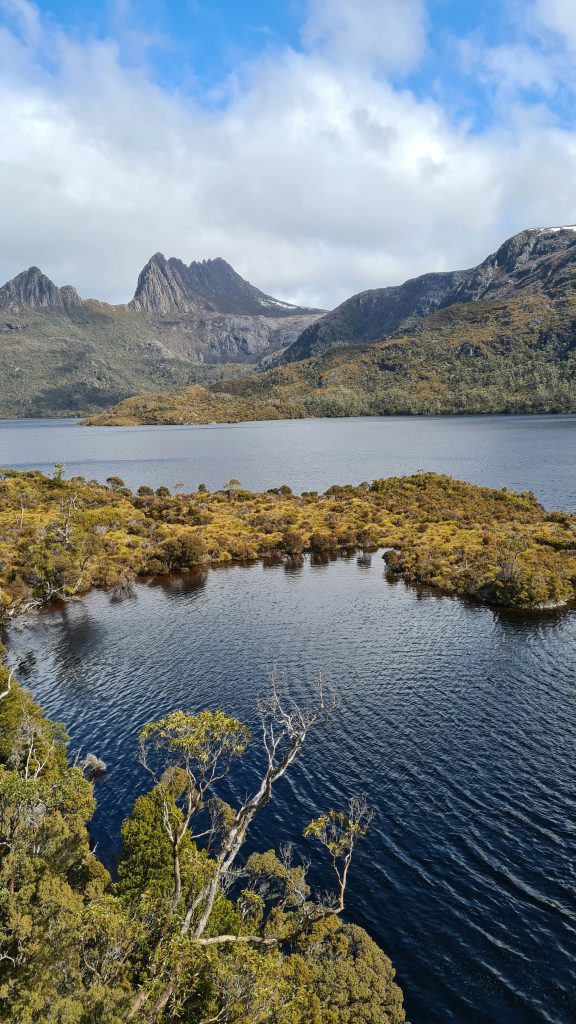
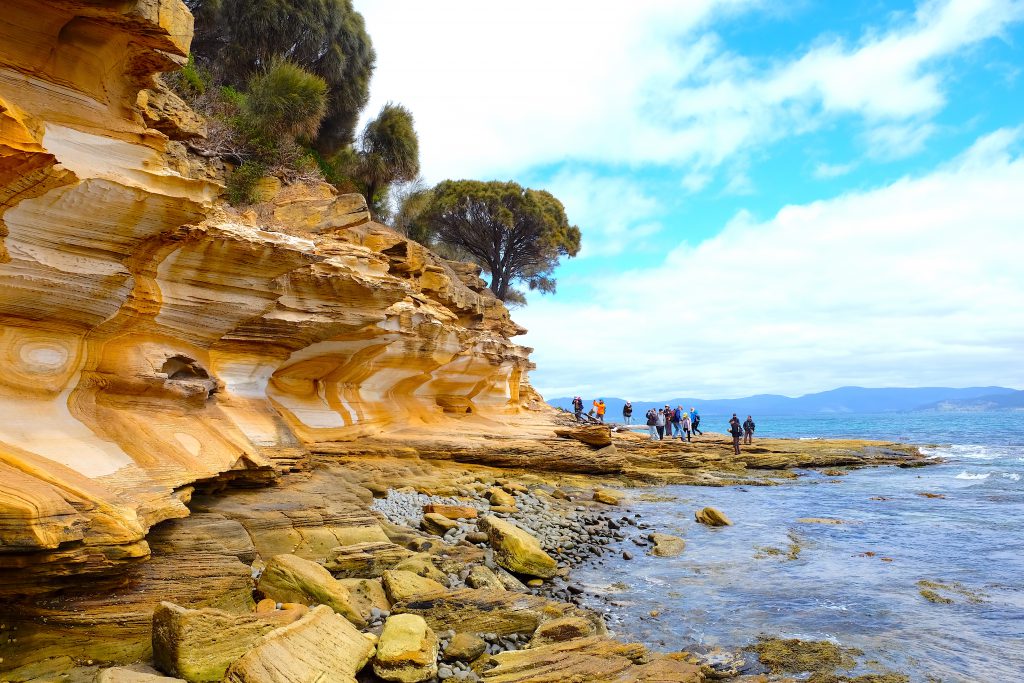
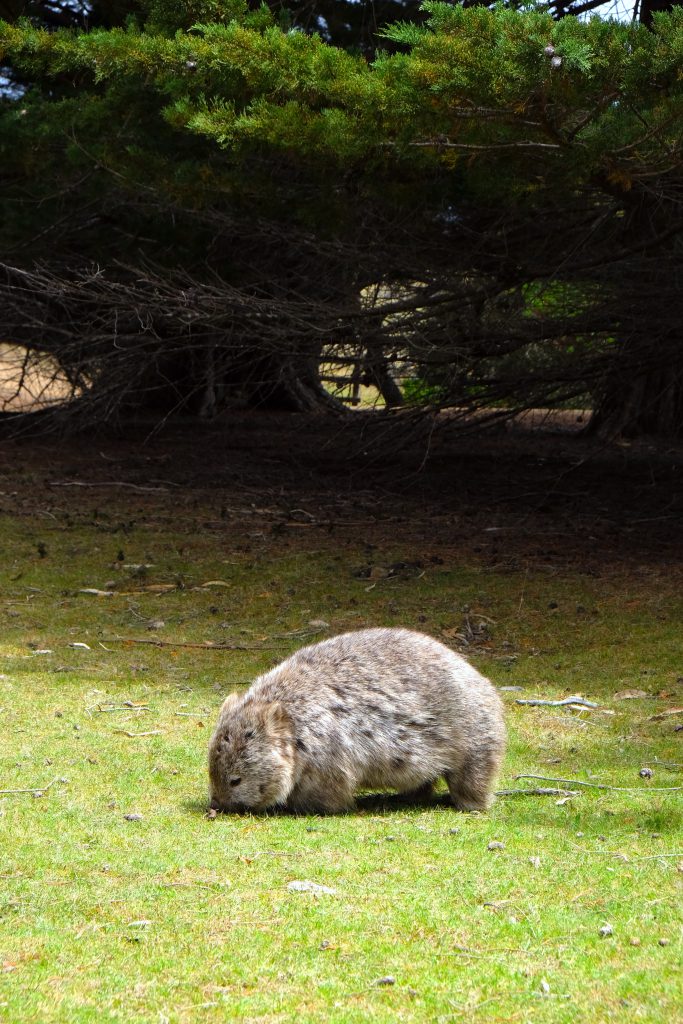






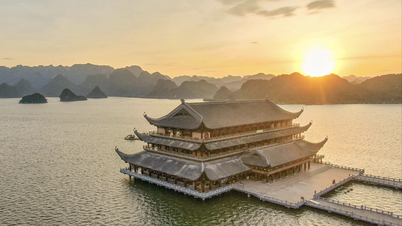

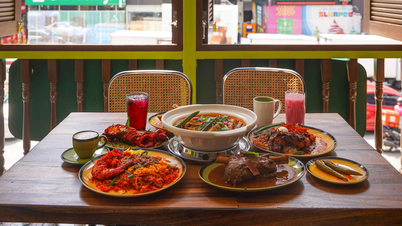

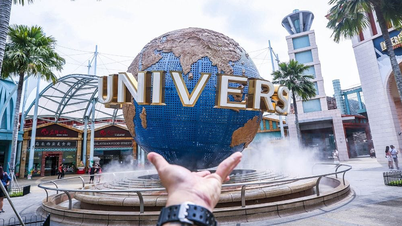

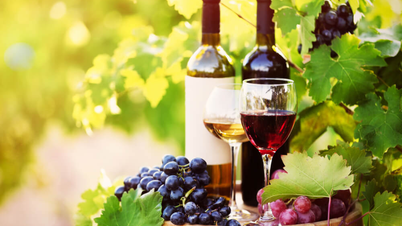
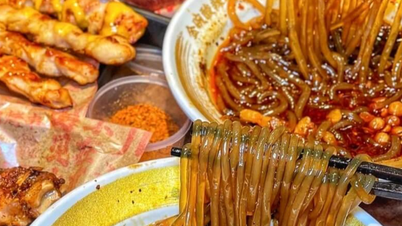
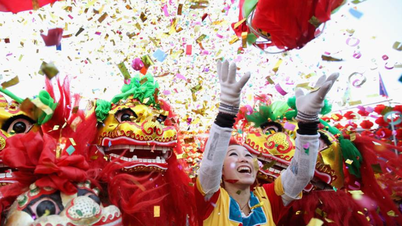
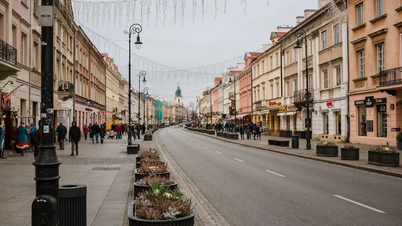

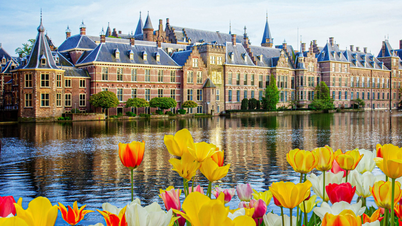
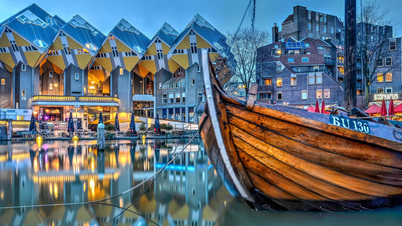
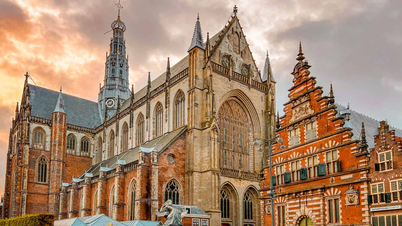





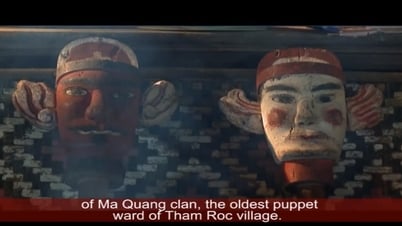
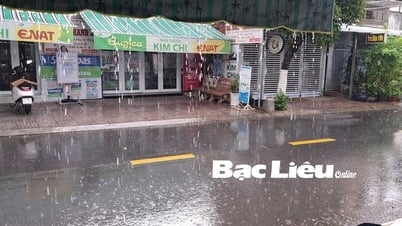

































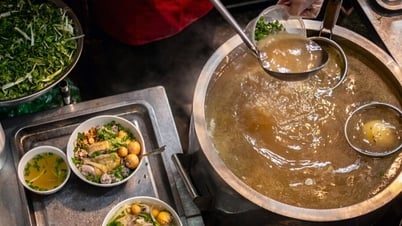














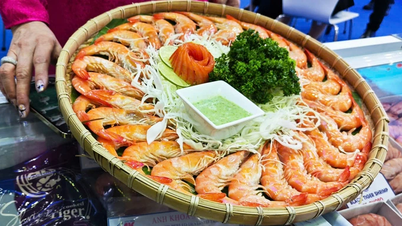

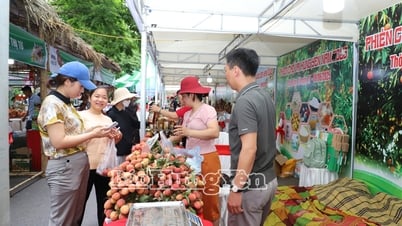



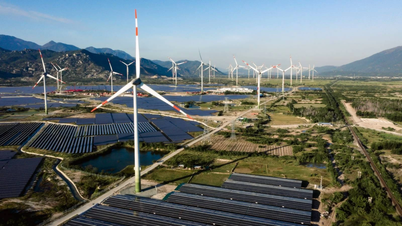









![[OCOP REVIEW] Tu Duyen Syrup - The essence of herbs from the mountains and forests of Nhu Thanh](https://vphoto.vietnam.vn/thumb/402x226/vietnam/resource/IMAGE/2025/6/5/58ca32fce4ec44039e444fbfae7e75ec)




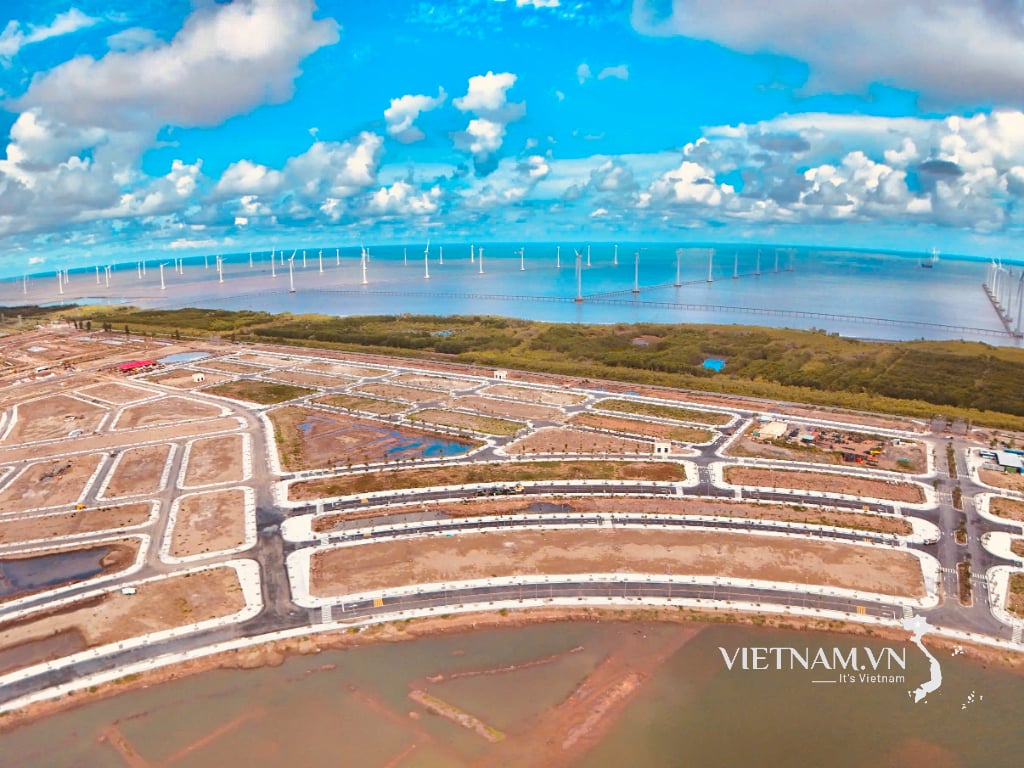


Comment (0)